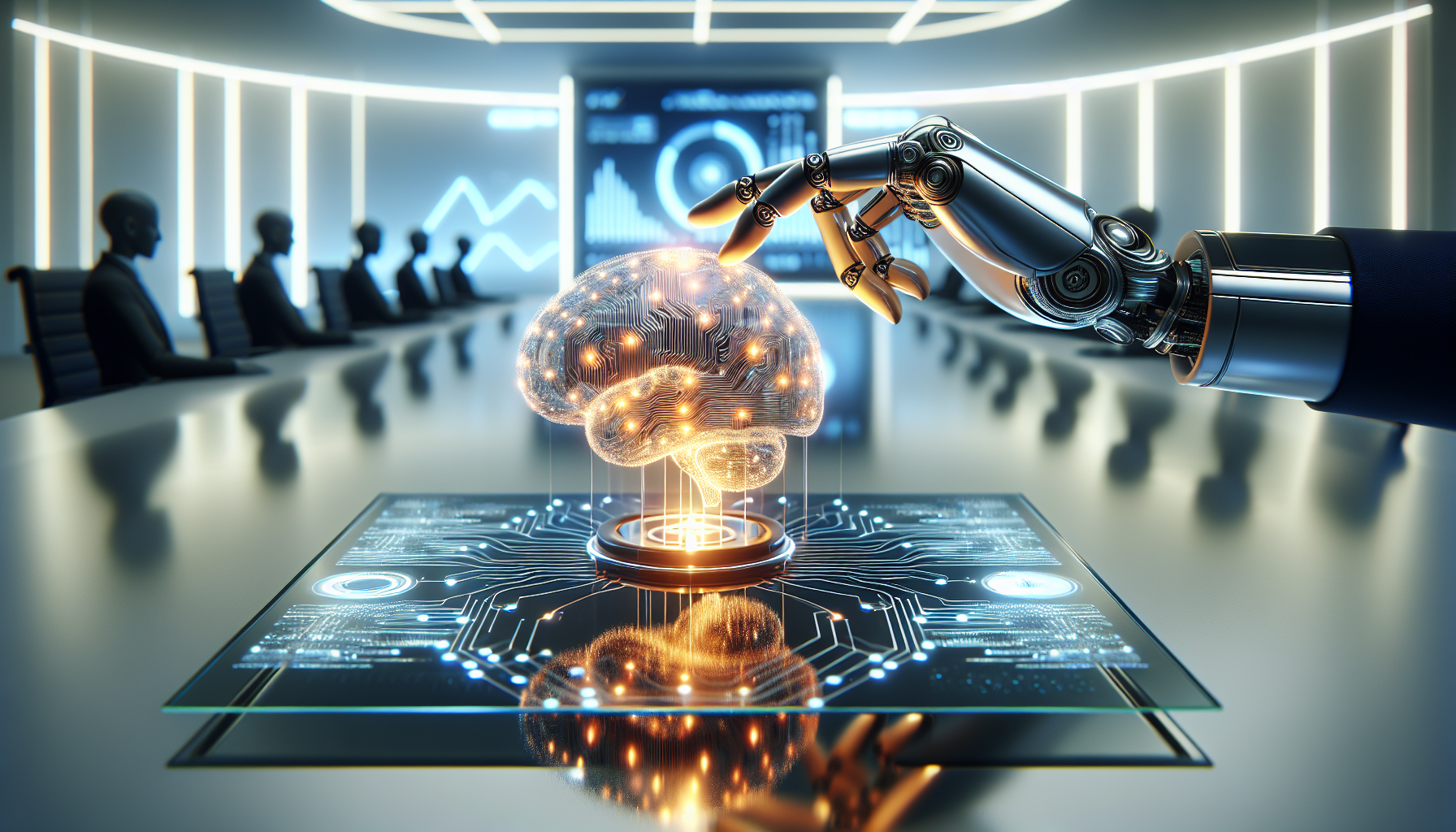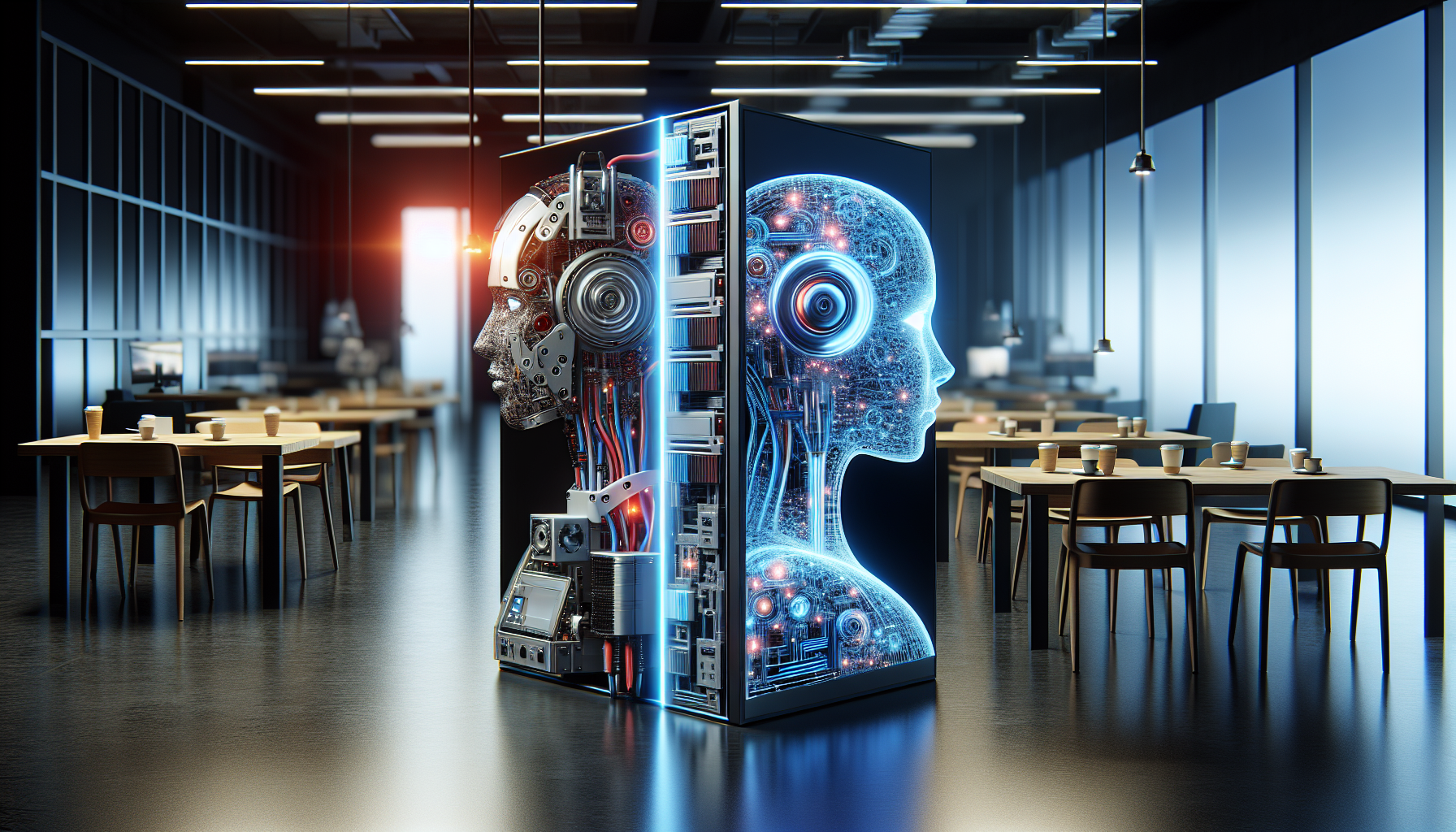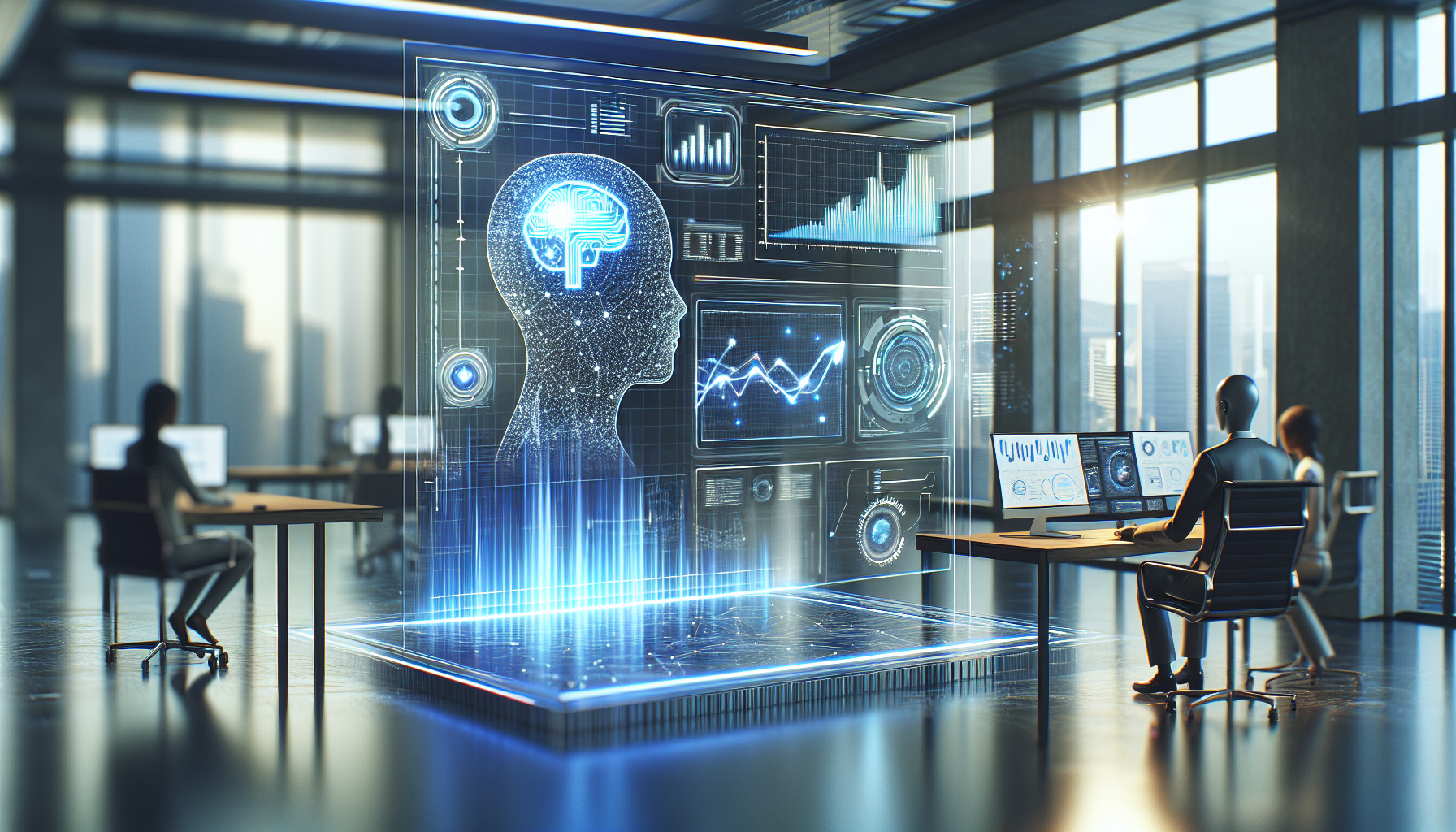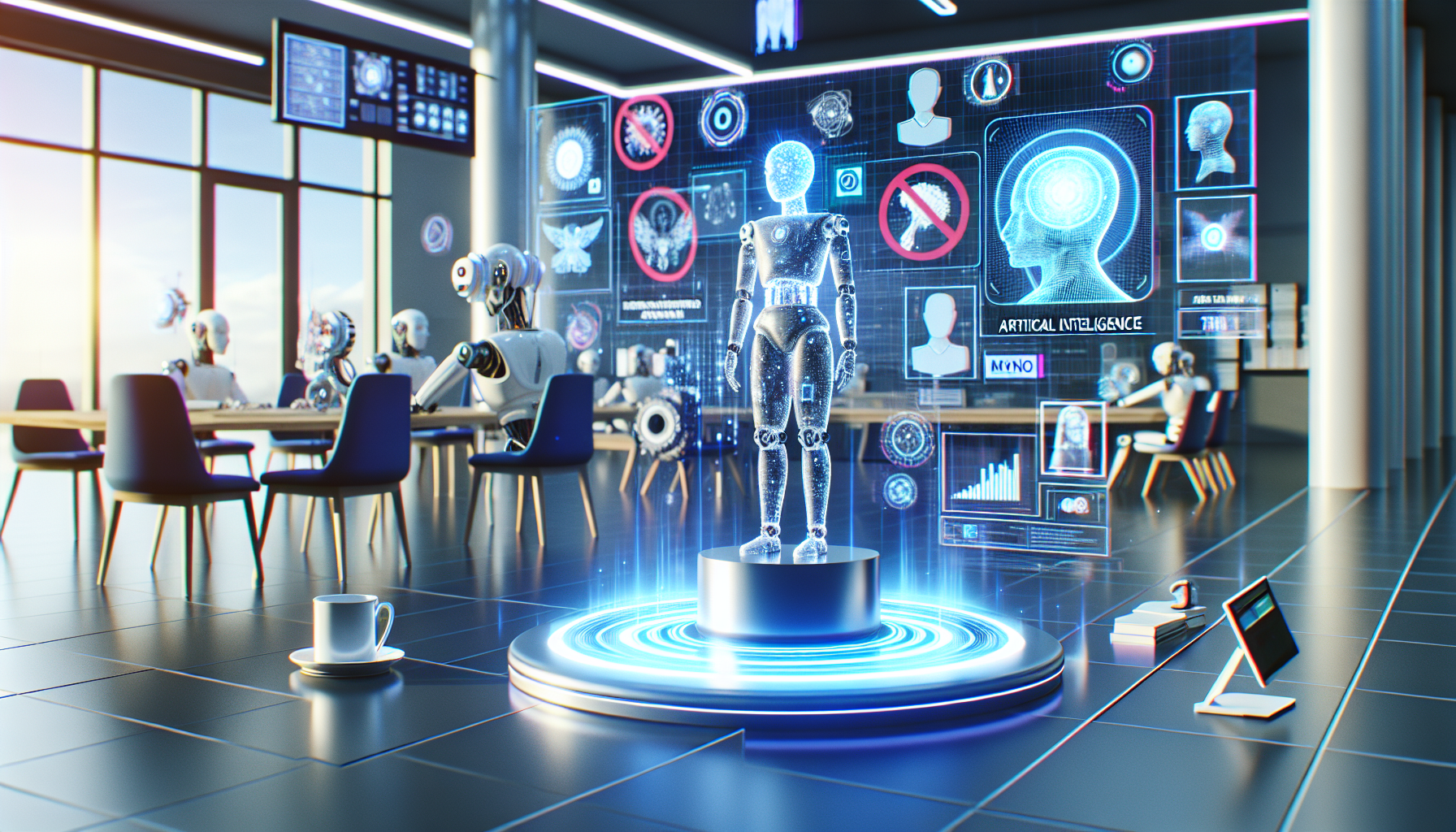
How AI is Revolutionizing Art and Creativity: A Compelling Case Study
October 8, 2025
Artists have always been pioneers, exploring uncharted territories of imagination and expression. But what happens when artificial intelligence steps into the artist's studio? To understand this intriguing intersection of technology and creativity, let us delve into a compelling case study: the collaboration between AI and a digital artist known as Sofia, whose work has been making waves across art communities worldwide.
Sofia, a visionary in digital art, began incorporating AI into her creative process several years ago. Her journey offers a unique lens through which to explore the broader influence of AI on art and creativity. At the core of her work is a sophisticated AI model capable of analyzing and generating visual content. This model doesn't merely replicate existing styles; it learns, adapts, and ultimately co-creates with Sofia, helping her push the boundaries of digital art.
In one of her most acclaimed projects, Sofia tasked the AI with interpreting a series of abstract concepts—emotions like melancholy and euphoria—and translating them into visual representations. The results were astonishing. The AI's interpretations offered fresh perspectives, sometimes surprising Sofia with unexpected color palettes and forms that she might not have envisioned on her own. This collaborative dynamic not only expanded her creative repertoire but also sparked a dialogue within the art community about the role of AI as a legitimate co-creator rather than just a tool.
Critics and enthusiasts alike have debated whether AI-generated art possesses the same authenticity and emotional depth as human-made pieces. Sofia's work provides a persuasive argument that AI can indeed enhance the creative process. By allowing machines to handle tasks traditionally seen as requiring human intuition, such as emotional interpretation, Sofia demonstrates that AI can introduce novel aesthetics and narratives into the art world. She argues that AI serves as an extension of the artist's mind, capable of exploring creative avenues that might otherwise remain uncharted.
Beyond individual projects, Sofia's collaboration with AI raises important questions about ownership and authorship in the art world. Who owns a piece when an AI contributes to its creation? In her case, Sofia considers herself the primary author, as she curates the inputs, guides the AI's learning process, and selects the final output. However, she acknowledges the AI's crucial role in the creative process, crediting it as a collaborative partner. This perspective is gradually gaining traction, prompting both legal and philosophical discussions about the future of artistic authorship.
The implications of AI's role in art extend beyond Sofia's canvas. Major art institutions and galleries are beginning to recognize the value of AI-infused artwork, leading to unprecedented exhibitions featuring AI-generated pieces. These exhibitions challenge traditional notions of art, inviting audiences to reconsider what constitutes creativity and originality. In turn, this has sparked a new wave of interest among collectors, eager to invest in pieces that embody this cutting-edge fusion of technology and art.
AI's influence on creativity isn't limited to visual art. It's also transforming music, literature, and performance arts. Musicians are using AI to compose symphonies, authors are experimenting with AI-generated narratives, and performers are incorporating AI-driven elements into live shows. These innovations are redefining the creative landscape, offering artists new tools to express their visions and engage audiences in novel ways.
Skeptics may argue that AI lacks the soul and experiential depth that define human creativity. While it's true that AI doesn't experience emotions as humans do, Sofia's case study illustrates that AI can act as a catalyst for human creativity, unlocking new possibilities and enriching the artistic process. Rather than diminishing the artist's role, AI can amplify their creative voice, allowing them to explore uncharted territories of expression.
As AI continues to evolve, so too will its impact on art and creativity. What new forms will emerge when machines and humans collaborate in even more sophisticated ways? Will AI eventually develop its own unique style, independent of human input? These questions invite us to reflect on the future of creativity and the limitless potential of human-machine collaboration.
In this ever-evolving artistic landscape, one thing is certain: the dialogue between AI and artists like Sofia is only the beginning. As we stand at the intersection of technology and creativity, we are challenged to rethink our definitions of art and embrace the extraordinary possibilities that lie ahead.


